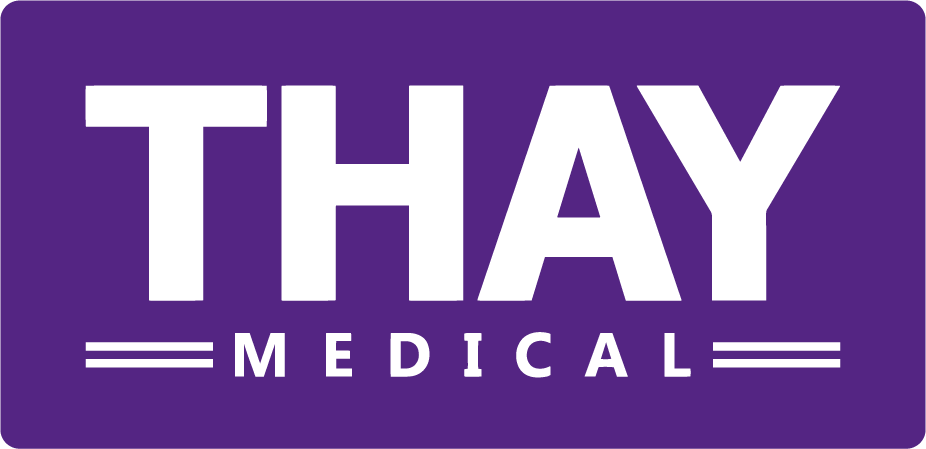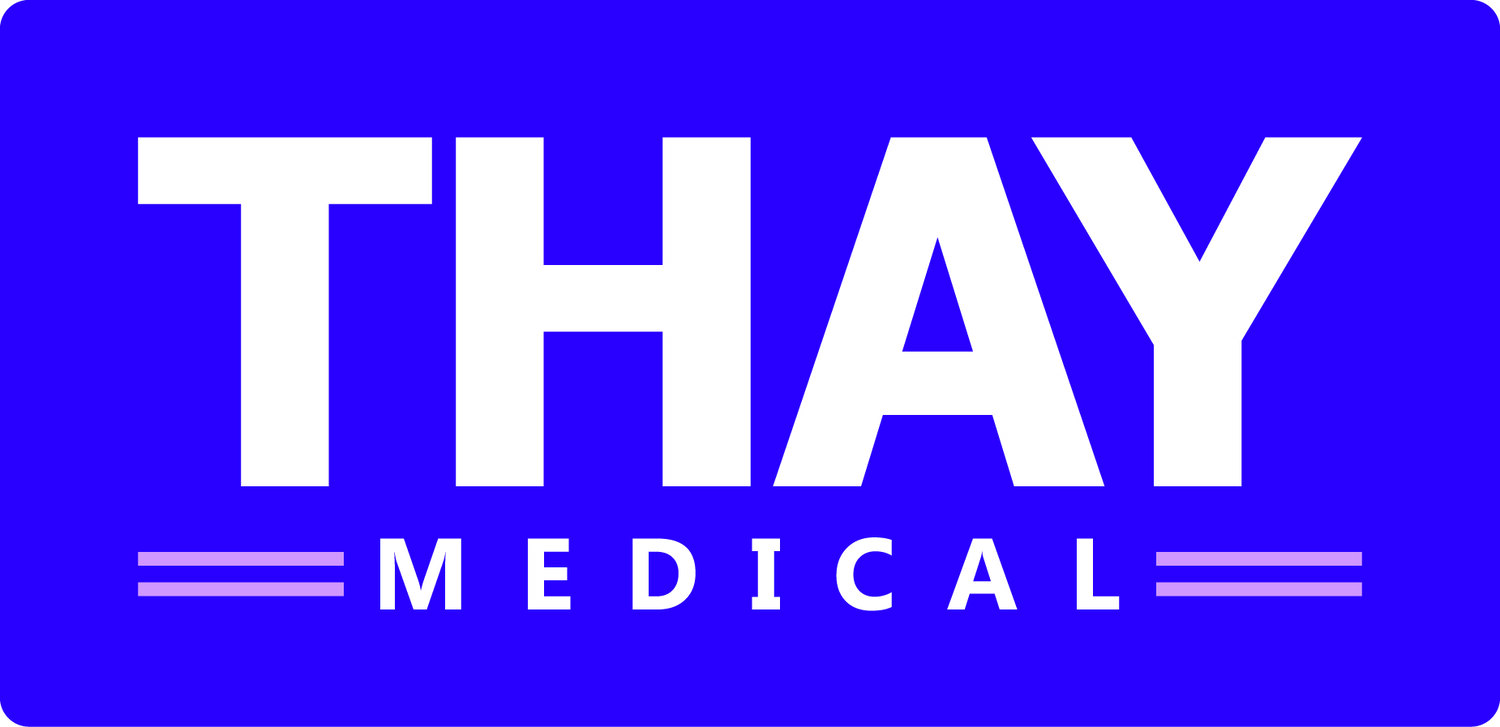MDD to MDR compliance for Usability and Human Factors
 In approximately one years’ time, the European Medical Device Regulation 2017/45/EC (MDR) becomes enforced upon medical device manufacturers and pharmaceutical organisations. With this regulation coming into force, there is requirement for these companies to ensure that the usability and human factors evidence is relevant and to a level that satisfies the revised Essential Requirements. And there are changes when comparing the 93/42/EEC Medical Device Directive to the 2017/45/EC Medical Device Regulation.It is prudent to understand the changes. The relevant sub-clauses that reference the safe use, ease of use, efficiency, ergonomics and the usability of a medical device are detailed below. You can see there are many more clauses in the forthcoming Medical Device Regulation to consider -
In approximately one years’ time, the European Medical Device Regulation 2017/45/EC (MDR) becomes enforced upon medical device manufacturers and pharmaceutical organisations. With this regulation coming into force, there is requirement for these companies to ensure that the usability and human factors evidence is relevant and to a level that satisfies the revised Essential Requirements. And there are changes when comparing the 93/42/EEC Medical Device Directive to the 2017/45/EC Medical Device Regulation.It is prudent to understand the changes. The relevant sub-clauses that reference the safe use, ease of use, efficiency, ergonomics and the usability of a medical device are detailed below. You can see there are many more clauses in the forthcoming Medical Device Regulation to consider -
| Medical Device Directive 93/42/EEC | Medical Device Regulation 2017/745 |
| Section 1 – General requirements | Section 1 – General medical device performance |
| Section 4 – Medical device lifecycle | Section 3c – Risk Management |
| Section 9.2 – Injury minimisation | Section 5 – Use-related risk |
| Section 10.2 – Measuring functions | Section 6 – Patient safety |
| Section 13.1 – Labelling and Instructions for Use | Section 11.4 – Sterile packaging |
| Section 14.2 – Prevention of harm | |
| Section 14.4 – Device management | |
| Section 14.5 - Introperability | |
| Section 14.6 – Ergonomic displays | |
| Section 14.7 - Disposal | |
| Section 21.3 – Controls and Indicators | |
| Section 22.1 – Designing for lay people | |
| Section 23.1 – Labelling and Instructions for Use |
We covered the detail of these sub-clauses in two linked blog posts from two years ago.Blog Post - Usability and the new Medical Device Regulation: Part 1Blog Post - Usability and the new Medical Device Regulation: Part 2
Transitioning from the MDD to the MDR
Knowing that the Medical Device Regulation will require possibly more evidence of use-safety, usability and human factors engineering - because there are more clauses covering this area; it is useful to know what to do when you have existing medical devices, software and systems in the market. Many of these will have been developed to the requirements for of the Medical Device Directive (MDD) and thus, there is a transition to the forthcoming Medical Device Regulation. But how large is the transition, and what is required in terms of evidence to satisfy the European Notified Bodies and Regulators?Firstly, ensuring that all relevant clauses of the Medical Device Regulation are met should be assessed. Simply, ensuring that there is evidence against each of the applicable clauses may be enough to re-certify or continue with certification of that medical device. A Gap Analysis may be sufficient to document this. Any usability-based gaps then can be filled with performing small amounts of usability/human factors testing, risk assessment or user research to justify safe use and acceptability. In addition, for when developing new medical devices, the two standards of IEC 62366-1 and the MHRA’s guidance for ‘Usability Engineering and Human Factors for Medical Devices’ still are ideal tools for the usability engineering process – and these should be the minimum levels at which usability performance and human factors should be proven against.
One way to assess existing medical devices
So, how should you assess the safety and usability of an existing medical device currently being sold that was developed to comply with the existing Medical Device Directive? Simple. Firstly, the gap analysis as stated above and secondly, potentially use Annex C of the IEC 62366-1 standard – ‘Evaluation of a user interface of unknown provenance’. This Annex focuses on using medical device data alongside risk management to determine whether the safety profile of a medical device requires further attention, or actually it is in a safe place. If the Usability Risk Assessment, or equivalent Risk Analysis shows that the medical device has acceptable risk, then no additional usability data is required. If, however, there are unacceptable use-based risks at present, then it may be prudent to perform a level of usability/human factors testing to generate that data. Using this Annex is really only suitable when there is little or no existing usability of human factors test data or post market data available.Finally, you can perform more activity than just updating for compliance. Quite often, we are asked to go further and provide evidence of safe use on platforms of medical devices – and here proving equivalence between variants is key to keeping costs minimal. For many legacy medical devices that have not been through usability / human factors testing, and it appears increasingly that Notified Bodies like to see this, what could be logical to have?. Here performing an Annex C assessment and a summative-level usability or human factors test can show the current level of use-based risk that a medical device carries. If you are unsure of how much risk it currently carries, then performing this type of test does link into post-market activities and risk management. This is especially important if the device has been in the market a number of years and many small design, production or labelling changes have occurred over time, or if post market data is showing trends that deviate away from the devices intended use. Knowing how users currently use your medical device is essential at all times in its life-cycle.THAY Medical are performing many of these assessments, and additional usability testing on many medical devices at present – to bring usability data up to the Medical Device Regulation levels. We perform summative-level usability and human factors tests in many countries on all types of medical devices. If this is of interest, or you just need guidance, please contact us. We love to help out in this important area!The staff at THAY Medical

